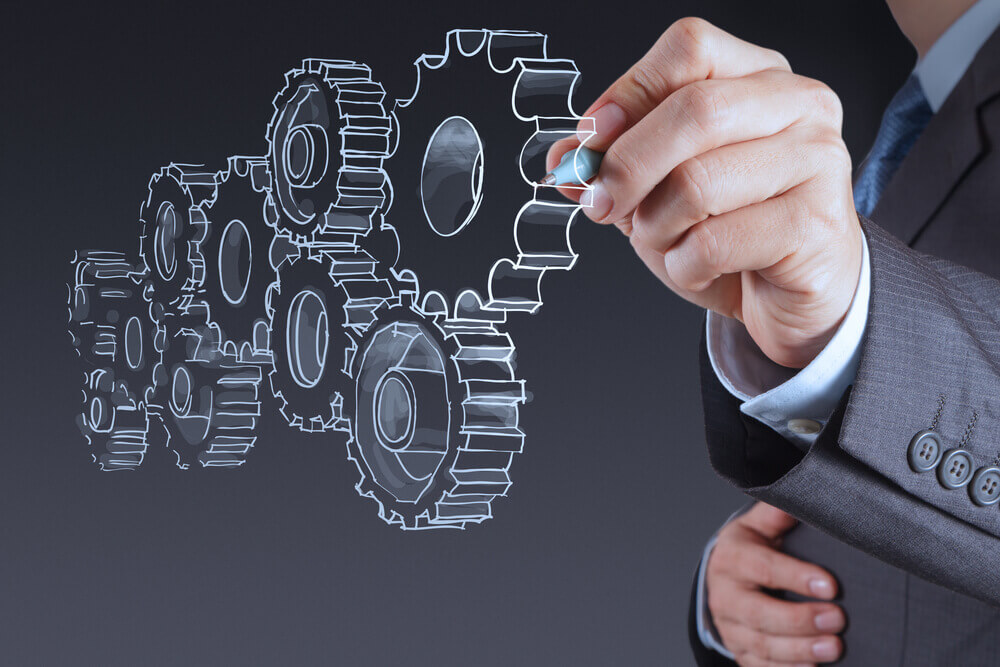
Physical contact is the primary culprit behind the unmitigated spread of COVID-19, also known as the novel coronavirus. This is why authorities all over the world are scrambling to lessen overall person-to-person contact in people’s day-to-day interactions. Citywide quarantines, curfews, lockdowns, and social distancing measures have become commonplace as the entire world struggles to contain COVID-19, which has already claimed lives in the thousands.
Further compounding this problem is the fact that the virus can survive not just in the human body, but on a variety of surfaces as well, any number of which can become contact points for people to contract the disease. Research has shown that some strains of COVID-19 can stay alive on inanimate metal or plastic surfaces at room temperature for up to 9 days. Meanwhile, different studies on Medical News Today suggest that the virus is also able to survive on paper surfaces for anywhere between 3 hours to 5 days. Healthcare workers and those on the frontline in the fight against the virus also warn that it’s possible for some carriers to not show any symptoms at all. While this means that not everyone is susceptible to getting sick or dying from COVID-19, it also means that anyone can transfer it to another person or surface, whether or not they have symptoms.
All of these facts pose a big problem for a world that’s dependent on the exchange of physical currency. The good news is that the solution could already be in the palm of our hands. As heard previously from Jared Jesner, CEO of WeSwap comments that completely cashless transactions have been slowly becoming the norm in society even before the unprecedented spread of COVID-19.
The use of cash and cash machines have decreased in general as people veer towards comparatively more secure and much more convenient plastic or digital methods of payment. FIS Global indicates how portable card machines today not only accept payments through services such as Samsung Pay, Android Pay, and Apple Pay, but can also be connected through Bluetooth or Wi-Fi. These features have only become more valuable now in the time of the COVID-19 pandemic. As financial ‘safety and security’ take on a whole new viral meaning, contactless and other modern payment platforms are stepping up to enable regular commerce while still adhering to social distancing and other disease-fighting measures.
In fact, some businesses and services in the city of London are already enforcing card-only payment only methods to reduce instances of physical contact and possible transmission. In Ireland, the Minister of Finance has already requested banks to raise limits for contactless payments to €50 (£45), and the Banking Payments Federation Ireland has already taken measures to implement raised limits across the board. If you want to do your part to mitigate the spread of COVID-19, Business Insider released a comprehensive guide on how Google Pay, Apple Pay, and other contactless payment platforms can be used for a variety of daily transactions. By switching to any one of the more convenient digital payment methods available today, you could be protecting yourself, your family, and your neighbourhood from this deadly pandemic.




















